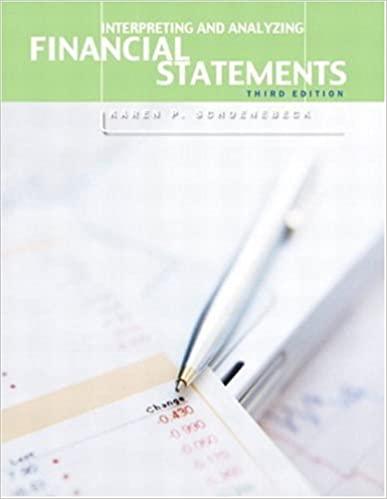Question
Units Price per Unit Total Residential Pumps Inventory at Feb. 28: 400 $ 300 $ 120,000 Purchases: March 10 1,000 $ 450 $ 450,000 March
Units Price per Unit Total Residential Pumps Inventory at Feb. 28: 400 $ 300 $ 120,000 Purchases: March 10 1,000 $ 450 $ 450,000 March 20 800 $ 475 $ 380,000 March 30 600 $ 500 $ 300,000 Sales: March 15 1,000 $ 540 $ 540,000 March 25 800 $ 570 $ 456,000 Inventory at March 31: 1,000 Commercial Pumps Inventory at Feb. 28: 1,200 $ 800 $ 960,000 Purchases: March 3 1,200 $ 900 $ 1,080,000 March 12 600 $ 950 $ 570,000 March 21 1,000 $ 1,000 $ 1,000,000 Sales: March 18 1,800 $ 1,080 $ 1,944,000 March 29 1,200 $ 1,140 $ 1,368,000 Inventory at March 31: 1,000 Assuming Bramble uses a periodic inventory system, determine the cost of inventory on hand at March 31 and the cost of goods sold for March under first-in, first-out (FIFO). Cost of inventory $ Cost of goods sold $ eTextbook and Media Assume Bramble uses dollar-value LIFO and one pool, consisting of the combination of residential and commercial pumps. Determine the cost of inventory on hand at March 31 and the cost of goods sold for March. Assume Brambles initial adoption of LIFO is on March 1. Use the double-extension method to determine the appropriate price indices. (Hint: The price index for February 28/March 1 should be 1.00.) (Round Price Index to 3 decimal places e.g. 1.522 and other answers to 0 decimal places, e.g. 5,275.) Cost of inventory $ Cost of goods sold $ Price index
Step by Step Solution
There are 3 Steps involved in it
Step: 1

Get Instant Access to Expert-Tailored Solutions
See step-by-step solutions with expert insights and AI powered tools for academic success
Step: 2

Step: 3

Ace Your Homework with AI
Get the answers you need in no time with our AI-driven, step-by-step assistance
Get Started


